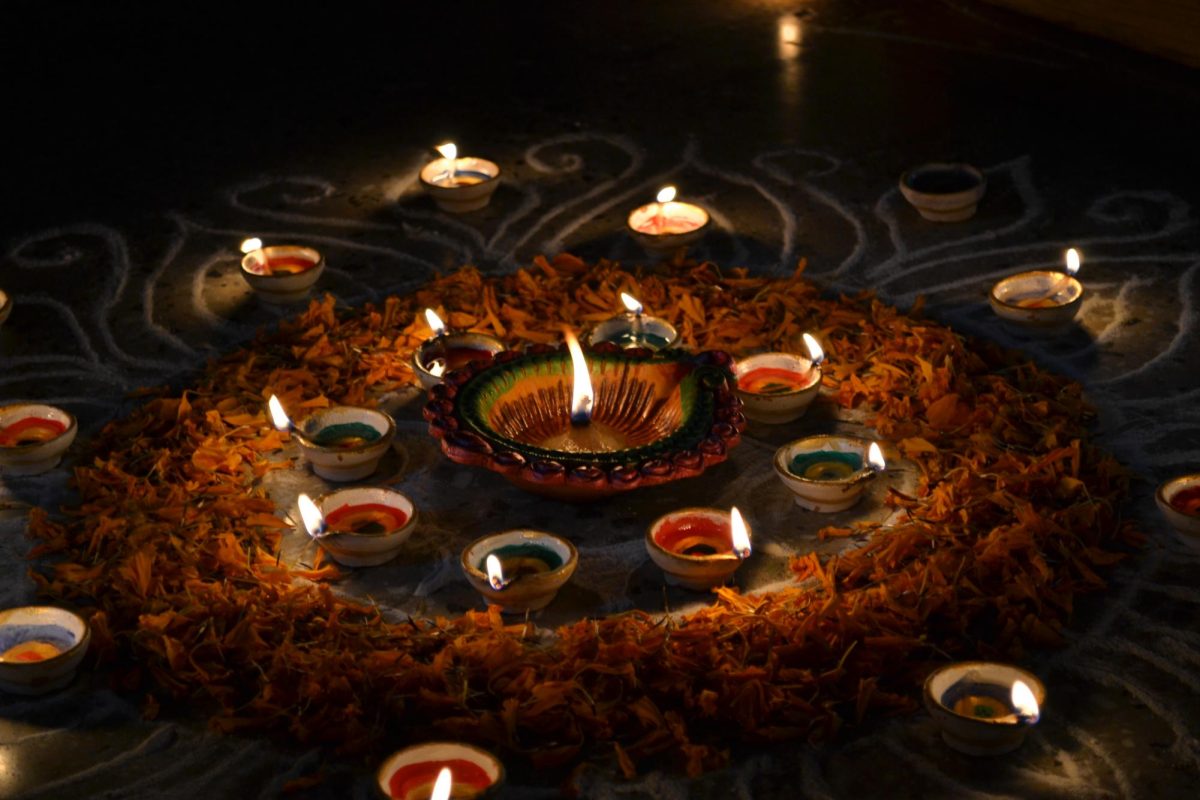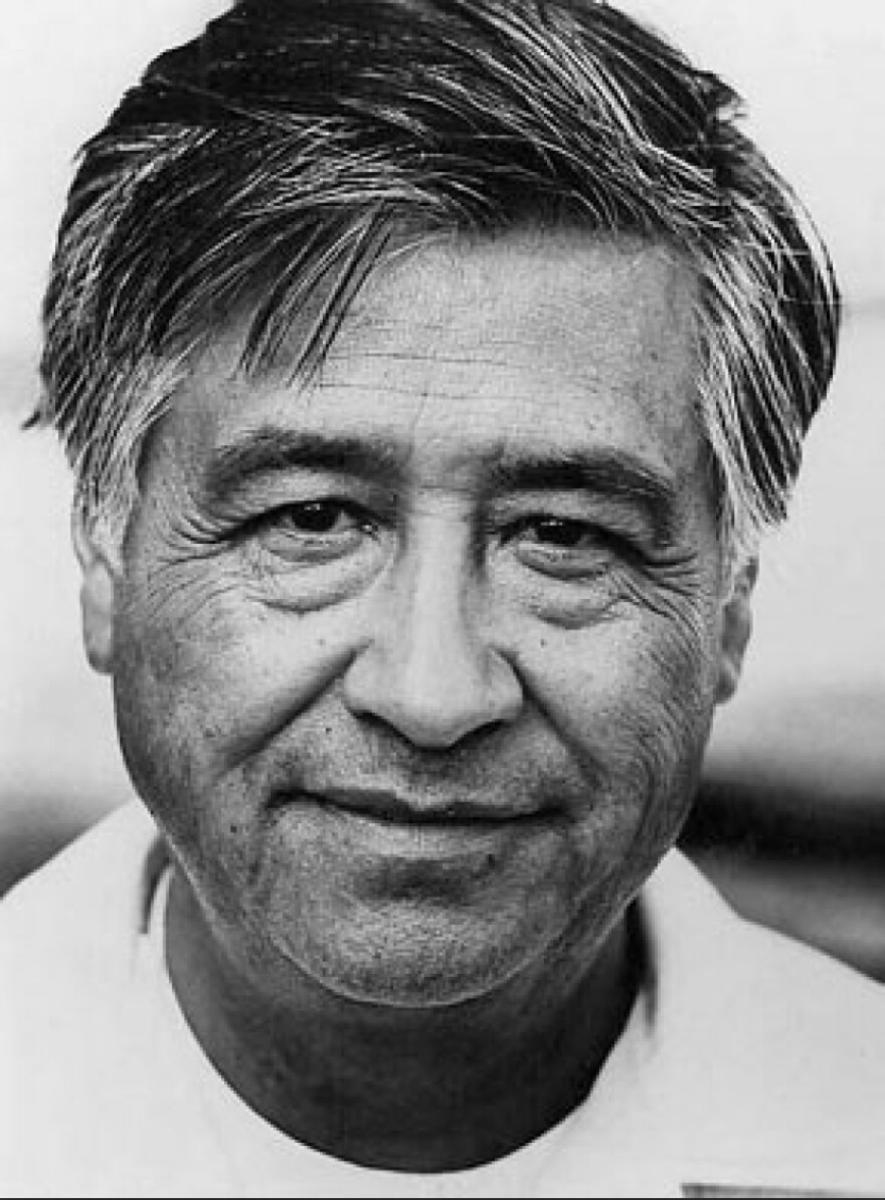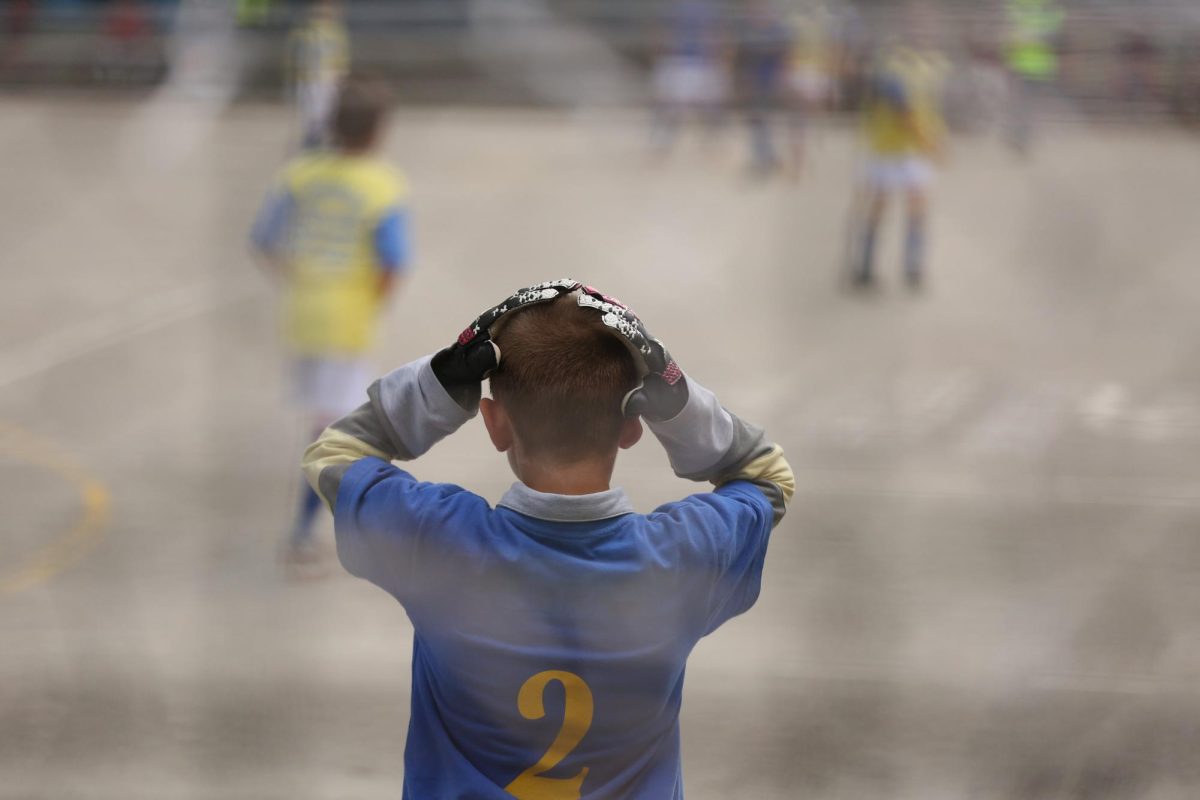While many associate autumn with leaves turning color, pumpkin patches, relief from the heat of summer, Halloween, and Dia de los Muertos, millions of Hindus and South Asians celebrate a major religious festival known as Diwali.
It is a time when candles and lamps can be seen all over the world, coating everything in bright lights. In fact, an estimated one billion people worldwide and across the U.S. celebrated Diwali this year.
The holiday, which is tied to the lunar calendar, takes place between October and November due to those months being a part of the Hindu month of Kartik.
Diwali, also known as Deepavali, is one of the largest and most important holidays of India, and those who believe in Hinduism, Jainism, and Sikhism.
In an interview with NPR, Deepak Sarma, the inaugural distinguished scholar in the public humanities at Case Western Reserve University, noted that Deepavali has expanded its reach in many different countries, not just India and South Asia. “We’re part of the American landscape,” Sarma said.
It is important to understand that “[d]ifferent religious traditions in India each fit their religious themes and narratives into Deepavali. Some Hindus, for example, believe Diwali to be the return of Lord Rama, an avatar of Vishnu, from 14 years of exile,” Sarma said. “Other Hindus believe it to be the celebration of the killing of the asura (demon) Narakasura by Lord Krishna, another avatar of Vishnu.” (npr.com)
The month of Kartik is considered to be one of the most propitious months of the year. Hindus dedicate that time to worship Lord Vishnu and Krishna (their preserver/protector of the universe and his eighth, yet most beloved avatar) to receive divine blessings and to purify themselves.
Despite these nuances informed by culture and geography, there are themes that remain consistent during the five-day celebration of Deepavali: the triumph of good over evil, wisdom over ignorance, and light over darkness. These five days are filled with religious ceremonies, grand feasts, and joyous gatherings.
Ms. Belanio, Director of Campus Ministry said, “What I find particularly fascinating is how Diwali encourages togetherness and community building as people light lamps, share meals, and give thanks for blessings.”
According to the Times of India, on the first day, Dhanteras, many people clean their family home, dress in fancy clothes, and purchase new items for luck and prosperity such as jewelry and household items.
The second day, Naraka Chaturdashi, families decorate their homes with rangoli (flower patterns set on the floor) which are made with colored powders, set up diyas, and light decorative candles.
Diyas are a traditional Indian oil lamp made of baked clay, shaped into a small pot with a spout for the flame to rest on. These lamps symbolize the main principles of Diwali as well and represent prosperity in the new year.
The third and most important day of Diwali is called Lakshmi Puja which coincides with the darkest day of the lunar month. Due to the darkness, that night revolves around light. This year, that day took place on November 1st.
On this day, several diyas, candles and colorful fireworks are lit up into the night, symbolizing the light defeating the darkness. Those who believe in Hinduism perform worship rituals for Lakshmi, one of their goddesses of wealth and prosperity. It is a day where people celebrate together with vast feasts filled with traditional foods and sweets and the exchanging of gifts.
The fourth day, Goverdhan Puja, celebrates the relationship between spouses and typically men will give gifts to their significant other.
And finally, on the fifth day, Bhai Dooj celebrates the deep love between siblings.
According to the Ancient Origins of Diwali from history.com, the concept of Diwali has existed for more than 2,500 years now, so it’s near impossible to find the real source of the celebration other than location. Despite that, there are some common tales that may seem connected to this holiday.
One of these tales is the Hindu epic, the Ramayana, which was about the life of Rama who was the seventh incarnation of the god, Lord Vishnu. A part of the story entails the time when Rama’s wife, Sita, was captured by the demon king Ravana, while he was in exile.
The story ends with Rama defeating the demon king as he rescued his wife which symbolizes the aspect of the light conquering the darkness. Some other stories consist of many defeats of evildoers, the bringing of light, and the obtaining of wisdom.
Unfortunately, many people who aren’t a part of those religions or cultures have no idea of the existence of Diwali and the idea of it could be easily brushed off. That can be upsetting for students that participate in this celebration and have the need to feel connected.
For many people, it isn’t just a holiday, but rather an extension of their culture. Mr. Good, an NDHS History teacher, said, “One thing I find interesting in cultures is how a belief system can unite an entire population. It is what binds us together and helps us throughout the days and years to come.”
Diwali signifies positive ideas, victories of good, and new beginnings. It commemorates the many traditions of individuals, including students in the United States. It’s a very key part of customs that have been preserved for years.
I hope everyone had a Happy Diwali! Next year, the Diwali celebration begins on Monday, October 20th. Let’s prepare to celebrate the festival of lights in 2025.







